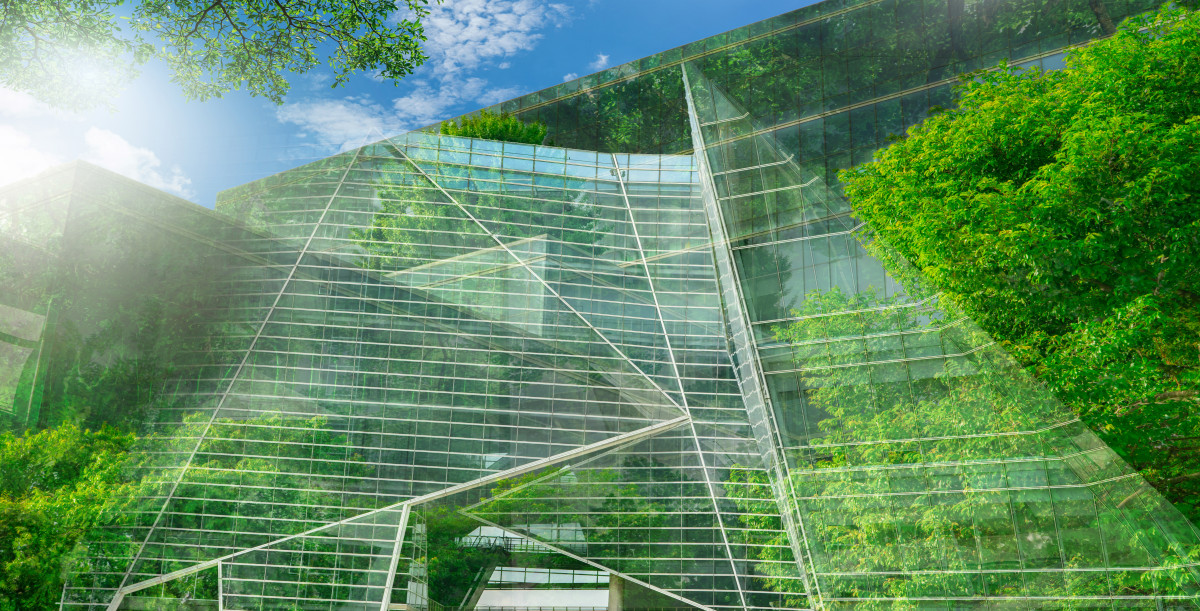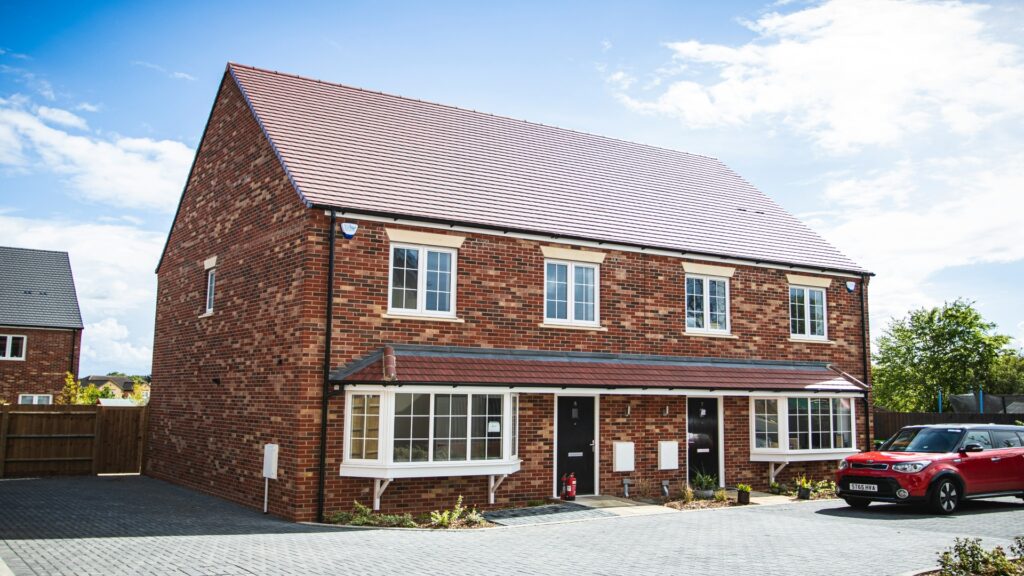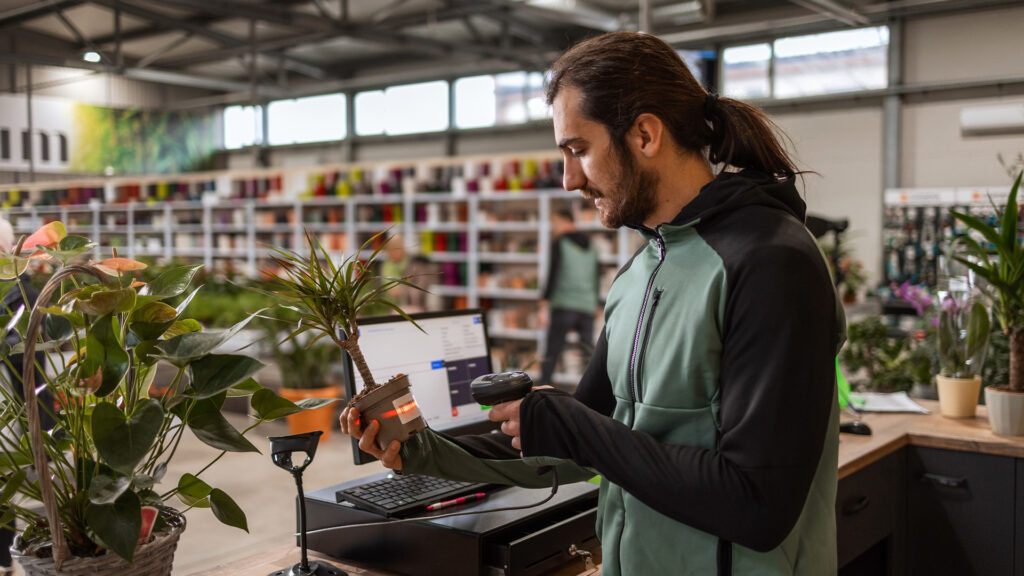The modern business landscape has been witnessing a paradigm shift in recent years with a growing emphasis on sustainability and environmental conservation. One of the most promising means of achieving this is by adopting green building strategies that prioritise ecological attributes alongside operational efficiency and financial performance.
The Emergence of Green Buildings
In response to global concerns about climate change, resource depletion, and rising energy costs, the concept of green buildings has gained significant traction. Adopting sustainable design and construction practices not only helps mitigate the negative impact on the environment but also enables businesses to reap long-term profitability. Companies are increasingly turning to sustainable alternatives when constructing new offices, warehouses, and other facilities. This involves using eco-friendly materials, incorporating renewable energy sources like solar panels or wind turbines, implementing advanced insulation techniques, and ensuring efficient water management systems. Employing cutting-edge technology such as digger hire or scaffold tower hire services can further augment these efforts towards creating greener infrastructure.
Benefits Beyond Environmental Impact
While reducing ecological footprints is undoubtedly crucial, the advantages of green buildings extend far beyond minimising environmental harm. Companies that invest in sustainable architecture can enjoy enhanced operational efficiency, improved employee health and productivity, and better financial returns in the long run. Green buildings utilise advanced technologies and design elements to ensure optimal resource usage. By leveraging efficient heating, cooling, and lighting systems, these structures significantly cut down on energy consumption compared to conventional buildings.
Sustainable workspaces provide a healthier environment for employees by focusing on indoor air quality and natural lighting. Better ventilation systems and the absence of toxic materials enhance overall well-being, leading to reduced absenteeism and lower health-care costs. The initial investment in green buildings may be comparatively higher; however, evidence points to significant financial benefits in the long run. Reductions in operation costs, energy efficiency savings, increased asset value, and potential tax incentives contribute to a more robust bottom-line performance.
Fostering Positive Brand Image
Adopting eco-friendly building practices sends a strong message about a company’s commitment to sustainability and social responsibility. A positive brand image can translate into increased customer loyalty, employee satisfaction, and greater investor appeal. In recent years, there has been a growing emphasis on workplace culture and nurturing a sense of purpose among employees. By demonstrating their dedication to environmental conservation and corporate social responsibility, companies with green buildings are better positioned to attract and retain top talent who share similar values.
Proactive measures towards adopting green building initiatives reflect positively on a company’s reputation among various stakeholders, including investors, partners, local communities, and government authorities. Demonstrating transparency in sustainability reporting can further strengthen these relationships, ultimately contributing to the organisation’s long-term success.
Overcoming Barriers and Adapting to Change
Despite the numerous benefits of green buildings, businesses may face challenges in embracing this sustainable approach. The transition to greener infrastructure requires organisations to consistently innovate and collaborate with relevant stakeholders. Exploring new technologies, materials, and design principles can result in highly efficient layouts that cater to evolving business needs while minimising environmental impact. Engaging employees, external partners, and policymakers is essential in driving collective action towards achieving sustainability goals.
Finance plays a critical role in facilitating the adoption of green building practices. Governments and financial institutions are increasingly offering incentives, grants, tax benefits, and low-interest loans to support companies in implementing sustainable measures. Businesses can capitalise on these opportunities to build resilience, enhance competitiveness, and contribute to global efforts towards creating a greener future.


























